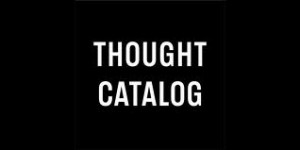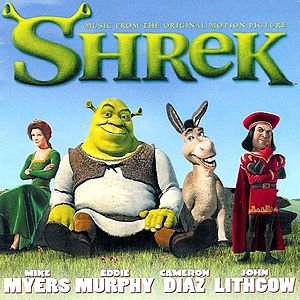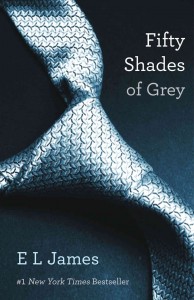Like most college-aged members of the millennial generation, I am in near-constant contact with either my phone or my laptop (and, as my ambidexterity grows, sometimes both at once…). Over the past few years, it has become my habit to browse the Internet whenever I have five or ten minutes to spare.
If you were to add up all of my 5 minute “study breaks” over, say, the course of a week, it would likely account for a pretty solid chunk of time. But just where is the bulk of that time being spent? Sure, I’m no stranger to Facebook, Instagram, Tumblr, and Twitter, but since coming to college I have discovered the endlessly fascinating yet inescapable time warp that is Thought Catalog. 
First brought to life in 2010, Thought Catalog is a digital magazine featuring millennial-aged writers of all kinds. The website itself is simple and unflashy, little more than a plain white background featuring links to the most recent contributions. These “Thoughts” are posted in chronological order, 5 per page, with each link showcasing the author, publication date, title of the piece, a 1-2 sentence snippet meant to grab a potential reader’s attention, and a related picture.
When I started reading Thought Catalog in 2010, I could expect to see anywhere from 2-10 new posts a day. I was able to keep pace reasonably well, reading most “articles” the day they debuted. Occasionally a day or two would even go by without anything new. In the 3+ years since that time, the site has grown by leaps and bounds—earlier this month they boasted no fewer than 65 new contributor posts in one day. At the moment that I write this, there are 3,499 pages’ worth of posts, which amounts to nearly 17,500 different Thoughts. Wow!
In terms of content, I admit that Thought Catalog is a mixed bag. For every stellar submission I read, there are 10 that are some combination of bizarre, offensive, boring, or just plain ridiculous. Most of the Thoughts are in the form of personal essays or lists—some of which include things like video clips or external links—and they can typically be classified into one of two categories: (1) expressing an opinion or (2) giving advice. Some of the posts are humorous (The “Inner Monologue of Bo Obama”; “An Interview with Paris Hilton’s Twitter”), some are uplifting or empowering (“Stop Being Afraid of Happiness”; “6 Things To Know For When You Don’t ‘Just Know’”), some are informative (“How to Buy a Fake Passport”; “The 11 Most Fabulous Beyoncé Moments of All Time”), and some are downright ridiculous (“This Livestream of a Parrot Doing Parrot Things is Disturbing and Wonderful”; “A Letter to the Three And A Half Pairs of Sexy Underwear I Own”).
As stated on their website, the owners of Thought Catalog have 5 central ideals:
- Thought Catalog should be fun, smart, and creative, i.e. entertaining, journalistic, and literary.
- The site should be beautiful and clutter-free.
- We believe all thinking is relevant and strive for a value-neutral editorial policy governed by openness. The more worldviews and rhetorical styles on the site, the better. We want to tell all sides of the story.
- We’re about today. But our mission is also archival. We want to catalog the times for tomorrow.
- We want to help shape the culture by empowering you to share your ideas and stories with the world.
Out of these 5 basic tenets comes a website full of pleas, confessions, admonitions, tirades, satires, and tongue-in-cheek assessments of current events and cultural phenomena. And while I’m not sure to what degree I can legitimately argue for its journalistic or literary merit, Thought Catalog is certainly clutter-free, creative, fun, and entertaining. The pieces I find on Thought Catalog are perfectly formatted for a five-minute foray into reading and, weird Thoughts aside, I’ve come across some wonderful writing there. I appreciate that many of the lists and essays speak with candor and honesty to my experiences as a 20-something in contemporary America.
What’s your take? If you’re already familiar with Thought Catalog, have you ever read anything there that you really, really liked (or really, really didn’t)? Are there other digital magazines that you’re a fan of? How do you think websites like this one will affect the future of publishing? I’d love to hear your thoughts!


